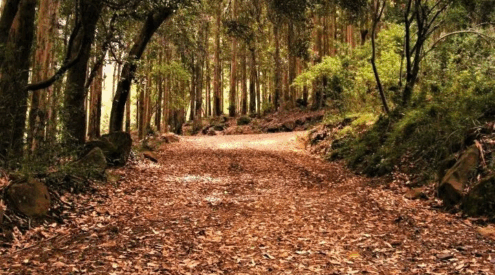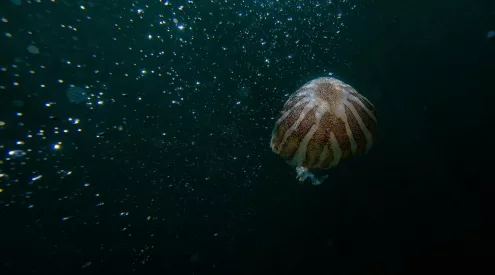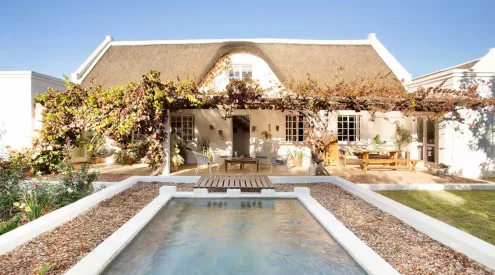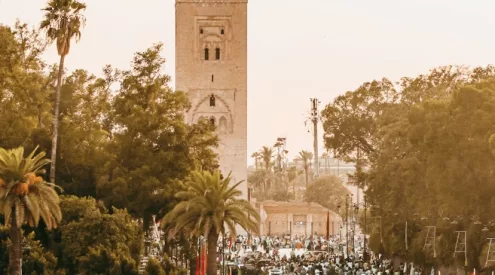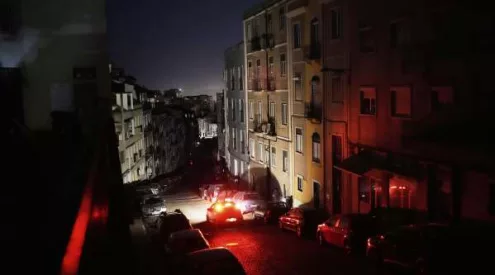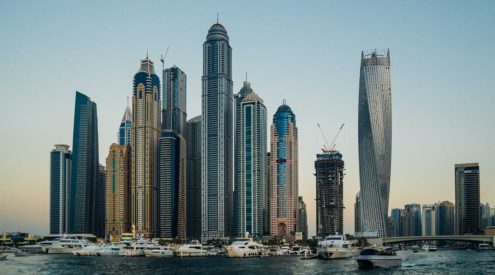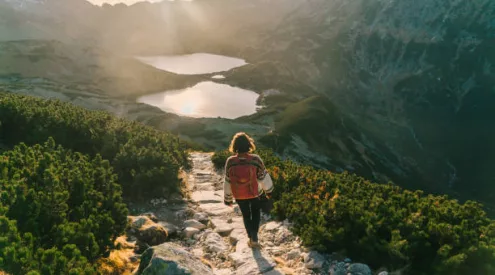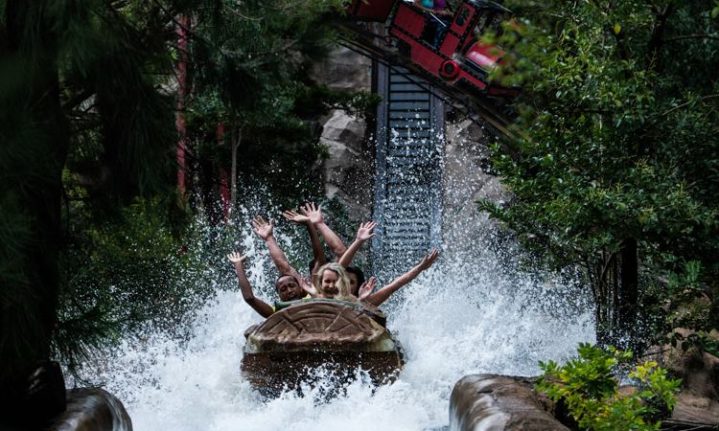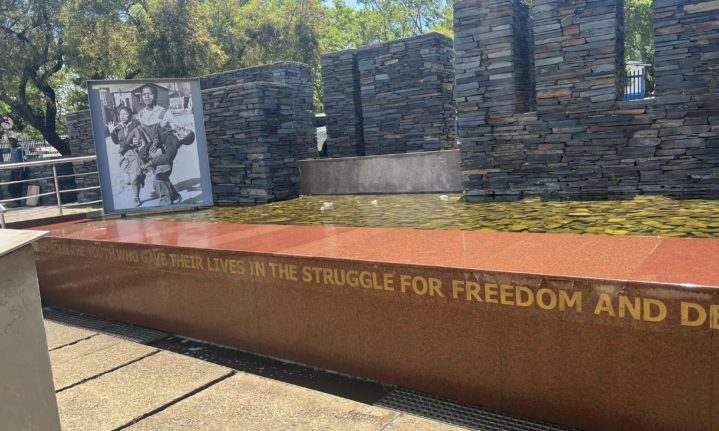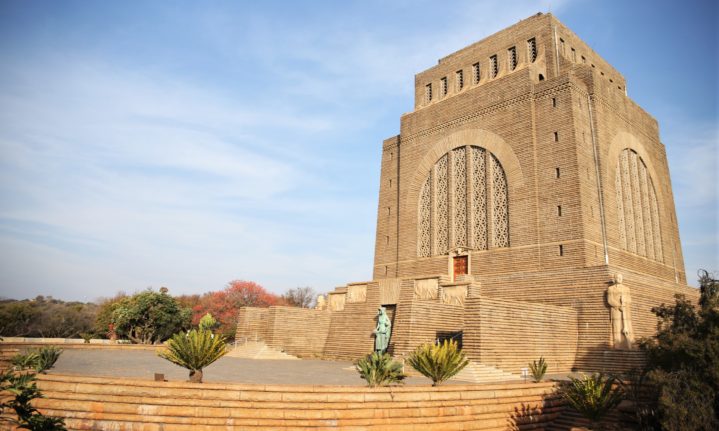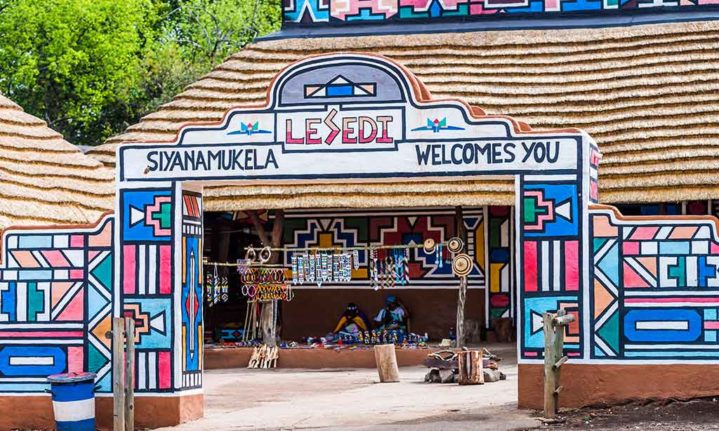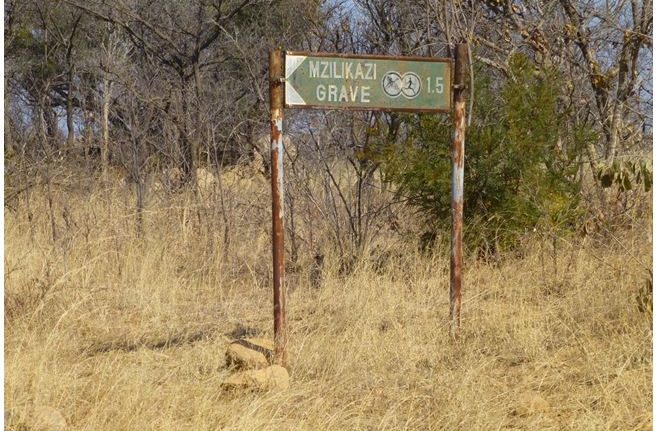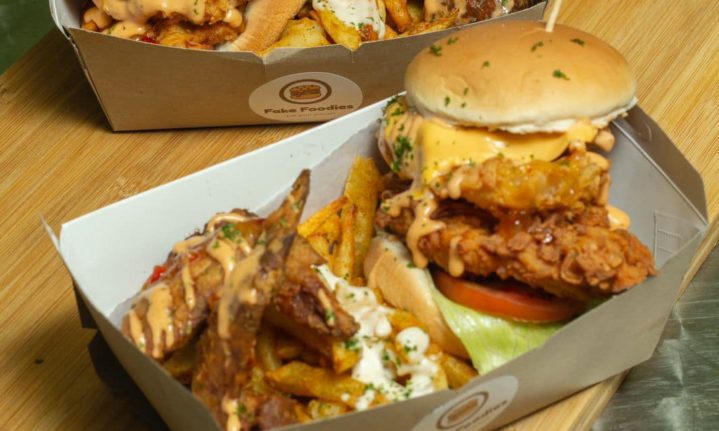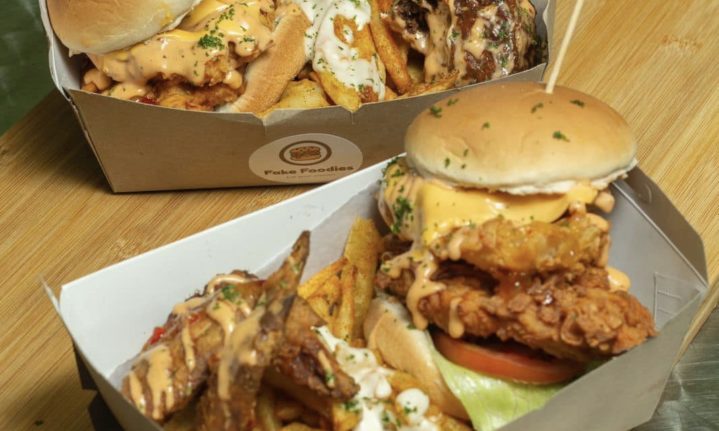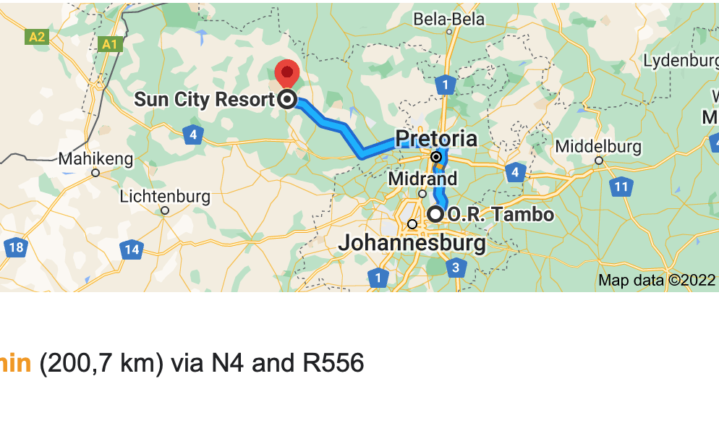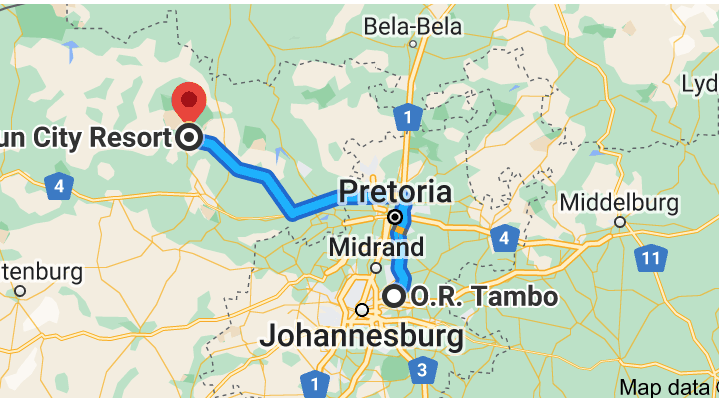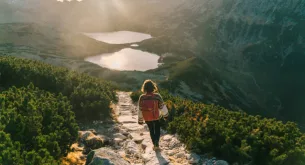It’s time to go out and get cultured! If you’re planning a road trip from Johannesburg to Sun City, we did some probing and curated a culture vulture’s dream road trip. Here are some fantastic spots to visit for a cultural road trip from OR Tambo to Sun City.
Fo Guang Shan Nan Hua Temple
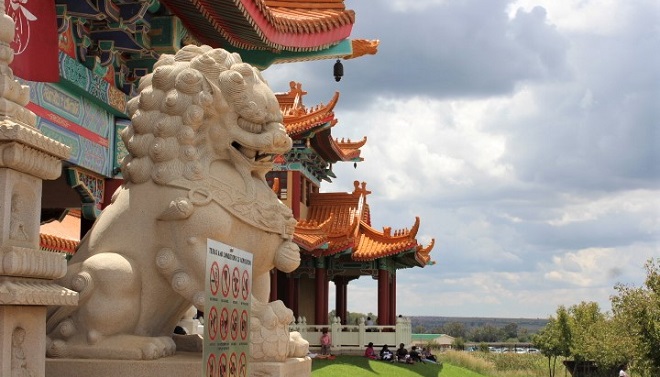
Picture: Michelle Brown
Nan Hua is the name of the South African branch of the Humanistic Buddhist order, Fo Guang Shan, which has made it its mission to spread Humanistic Buddhism to all the continents on Earth.
The temple is the largest Buddhist temple and seminary in Africa, located more or less 50km east of Pretoria and 70km northeast of Johannesburg in Cultura Park, a suburb of Bronkhorstpruit. Being only a stone-throw away from OR Tambo International Airport, this temple makes it a perfect place to begin your sightseeing experience.
- Location: here
The Apartheid Museum
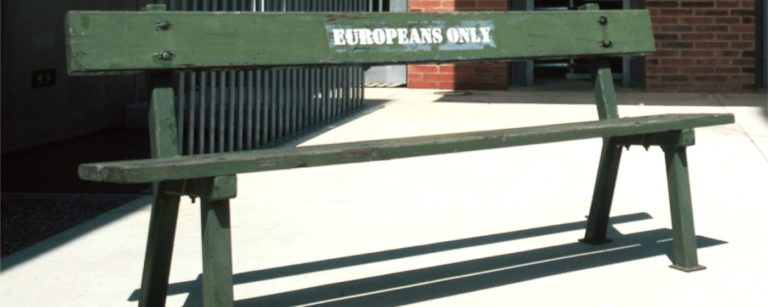
Picture: Apartheid Museum
The Apartheid Museum in Johannesburg illustrates the era of apartheid and the 20th-century history of South Africa. The museum, part of the Gold Reef City complex, was opened in November 2001.
It allows visitors to learn more about the racial segregation that occurred during apartheid when government actually separated people according to the width of the nose, the kinks in their hair, and their skin colour. This is a great way to learn about the history of South Africa and how far we’ve come.
Address: Northern Parkway & Gold Reef Road, Johannesburg, 2001
The Hector Pieterson Memorial
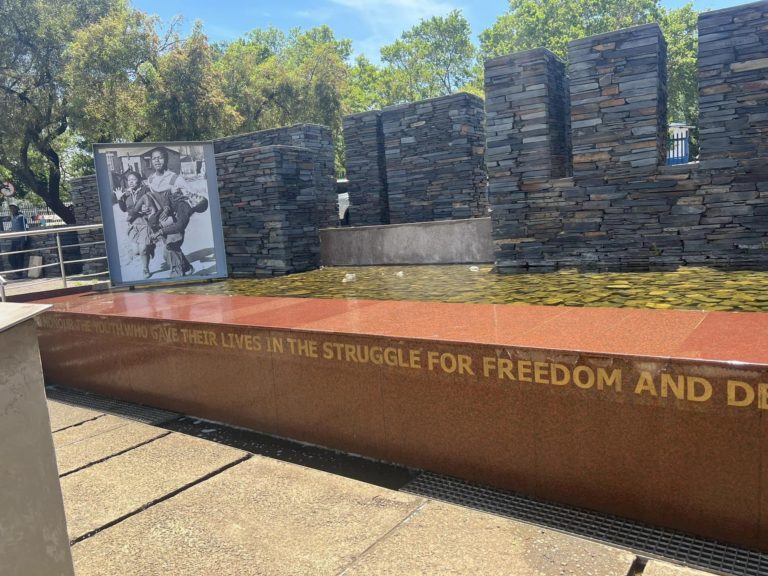
Picture: Sunshine Yulanda
This powerful museum, named after the 12-year-old boy shot dead during the student protests in Soweto on 16 June 1976, illuminates the role of Sowetan life in the history of the independence struggle.
It’s a major stop on all tours of Soweto and thus is almost always busy. Located on Khumalo street which is a few minutes’ walking distance from the famous Vilakazi street, tourists and residents alike can explore and visit the many eateries and experience the kasi lifestyle of Mzansi’s most famous township.
Address: 8287 Khumalo Rd, Orlando West, Johannesburg, 1804
The Voortrekker Monument
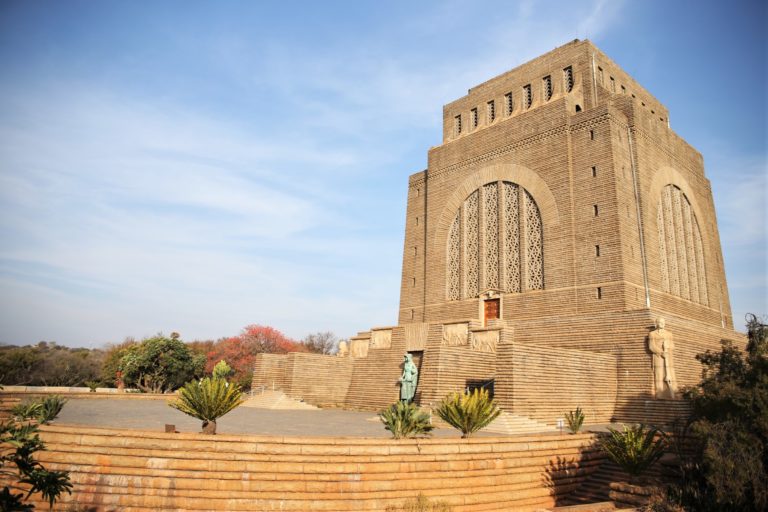
Picture: The Voortrekker Monument
The Voortrekker Monument commemorates the history of the Afrikaner people and is one of the most-visited heritage sites in South Africa.
Featuring a unique architectural design that allows the sun to shine through an opening in the dome once a year (on 16 December) to illuminate the patriotic words carved into the cenotaph, which is the symbolic grave of all the pioneers who died during the Great Trek. The museum contains an impressive display of Voortrekker memorabilia, and consists of interactive exhibitions that aim to objectively explain the role and contributions of the Afrikaner people to South Africa.
- Location: here
Mzilikazi’s Grave
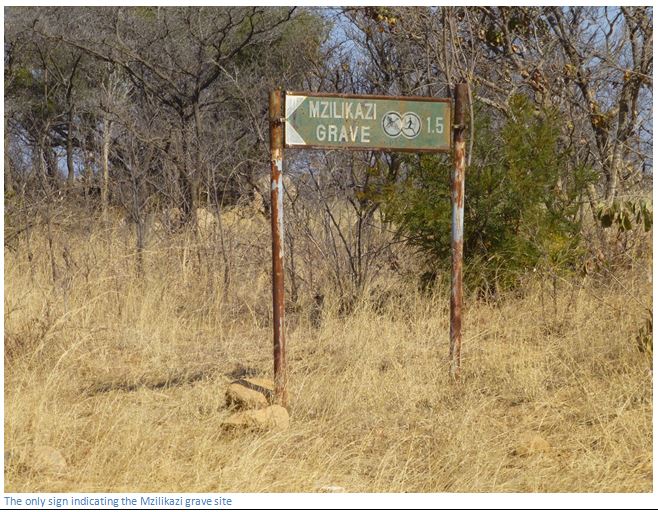
Picture: South African History Online
Although it is the gravesite of his son Nkulumane rather than the Bantu king Mzilikazi himself, this gravesite offers guests a peek into history and the relation between Zulu people and the Tswana tribe.
The story goes that Nkulumane was made chief after Mzilikazi was away looking for more land and his people presumed he was dead. After finding out about the betrayal, Mzilikazi killed the people who ordained Nkulumane as chief and banished his son to go back to KwaZulu-Natal.
In retaliation, Nkulumane helped the Bakwena defeat a rival chief with his impi by killing the rival king himself. This resulted in the Bakwena persuading him to stay among them instead of embanking on a dangerous journey back to KwaZulu.
He thus remained in the North West until his timely death.
- Location: here
Paul Kruger Country House Museum
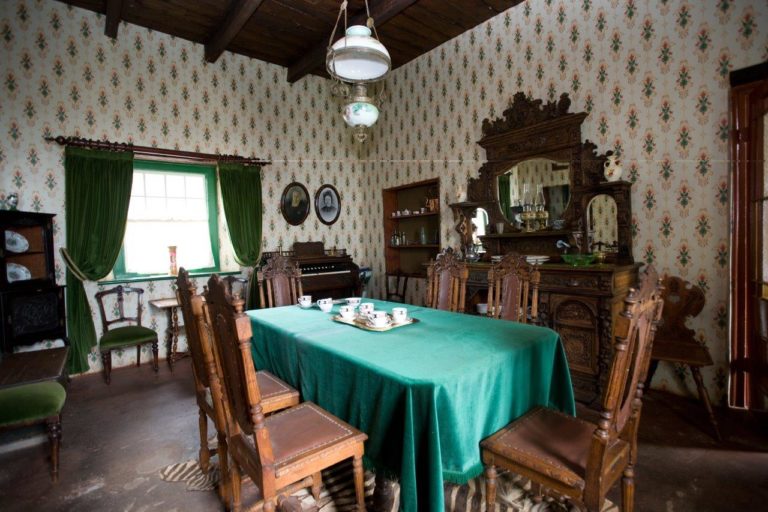
Picture: Kedar Heritage Lodge Gallery
Stephanus Johannes Paulus Kruger, affectionately known as ‘Oom Paul’, was the State President of the old Zuid-Afrikaanse Republiek. What you may not know, however, is that before he gained international renown as the face of Boer resistance against the British during the South African War (1899 – 1902), he was a successful farmer who owned and worked several farms in the Rustenburg district.
The property encompasses a collection of unique historic buildings and offers a fascinating insight into Kruger’s life at a time when South Africa was locked in a struggle for sovereignty with the British Empire.
Kruger’s rifle is on display, although it may not be the one with which he killed a lion at the tender age of 14! Also on show are his many bibles, the bellows organ that was played by his wife, as well as numerous gifts given to him by visiting state dignitaries. In close proximity are family graves, the koppie where he sought religious guidance and the saddle in the hills where he hid his horses from British forces.
Address: Private Bag 1, Rustenburg, 0309
Contact: 014 573 3218
Mphebatho Cultural Museum
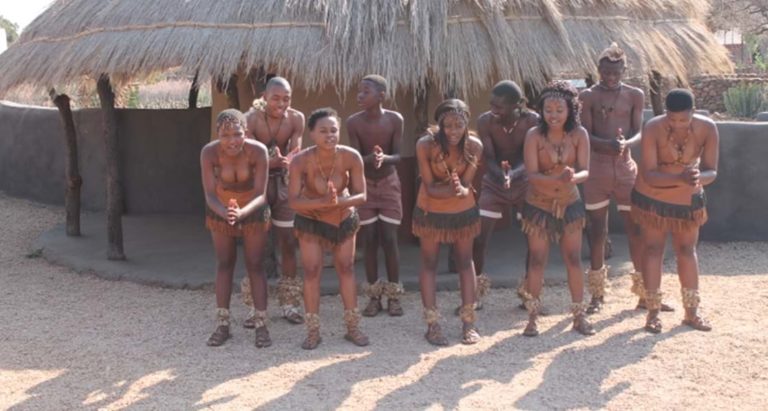
Picture: South African Tourism
The Mphebatho Cultural Museum near Sun City in North West province is a community-owned repository that preserves and documents the way of life of the Bakgatla-ba-Kgafela people, capturing their essence and culture for generations to come.
The museum which occupies a 1930s schoolhouse offers travellers an overview of a traditional African way of life.
Guests will be immersed in the lives of the Bakgatla through photographic displays, folklore, clay pottery, artefacts, traditional attire and documentary evidence on display in the museum.
The Bakgatlha-ba-Kgafela people are led by King Pilane of the Pilane clan, after which the Pilanesberg National Park was named.
Address: 499 Moruleng Blvd, Moruleng, 0300
Follow us on social media for more travel news, inspiration, and guides. You can also tag us to be featured.
TikTok | Instagram | Facebook | Twitter
Make sure you also check out the 10 ultimate things to do in Cullinan!
ALSO READ: 3 festive road trip ideas for December

